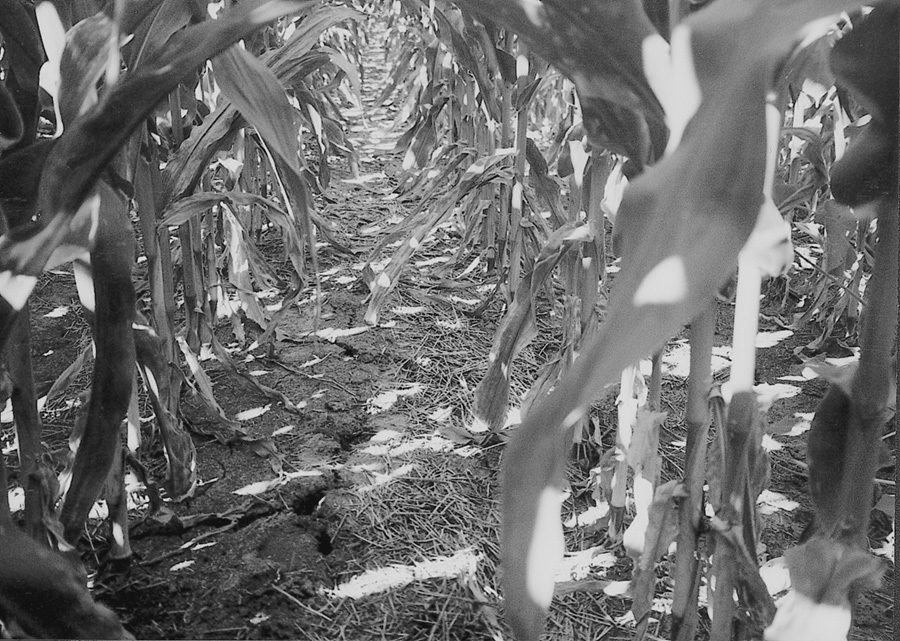No-Till Farmer
Get full access NOW to the most comprehensive, powerful and easy-to-use online resource for no-tillage practices. Just one good idea will pay for your subscription hundreds of times over.

Jared Hoover started no-tilling to cut costs on his mostly upland terraced land. Since the Abilene, Kan., farmer began no-tilling about a decade ago, Hoover figures he’s cut the time it takes to farm by about 50 percent.
This is not hard to believe when Hoover explains that in one 26-acre parcel, for example, he averaged less than 2.5 acres per terrace. He could not use a four-wheel tractor on these terraces and under conventional till, it took 40 percent longer to work the ground.
Since he only has to spray, plant and harvest with no-till, Hoover can profitably manage more acres.
But managing those upland acres is not easy. The thin upland soil does not retain moisture as well as some of the Kansas no-tiller’s lowland acres. This has been particularly challenging with very hot weather and about 20 inches of annual rainfall during each of the last 2 years.
This disturbing weather trend has caused Hoover to look more closely at his no-till cultural practices, including crop rotations. In cooperation with the Heartland Crop Residue Alliance in Kansas, the no-tiller has been experimenting with 2-, 3- and 4-year crop rotations.
While he now has 5 years of experience with the 4-year rotation, he’s not been impressed so far with the results. It’s still too early to judge the 2- and 3-year rotations because last year was the first year that Hoover had collected data on them.
Even so, the Kansas no-tiller…